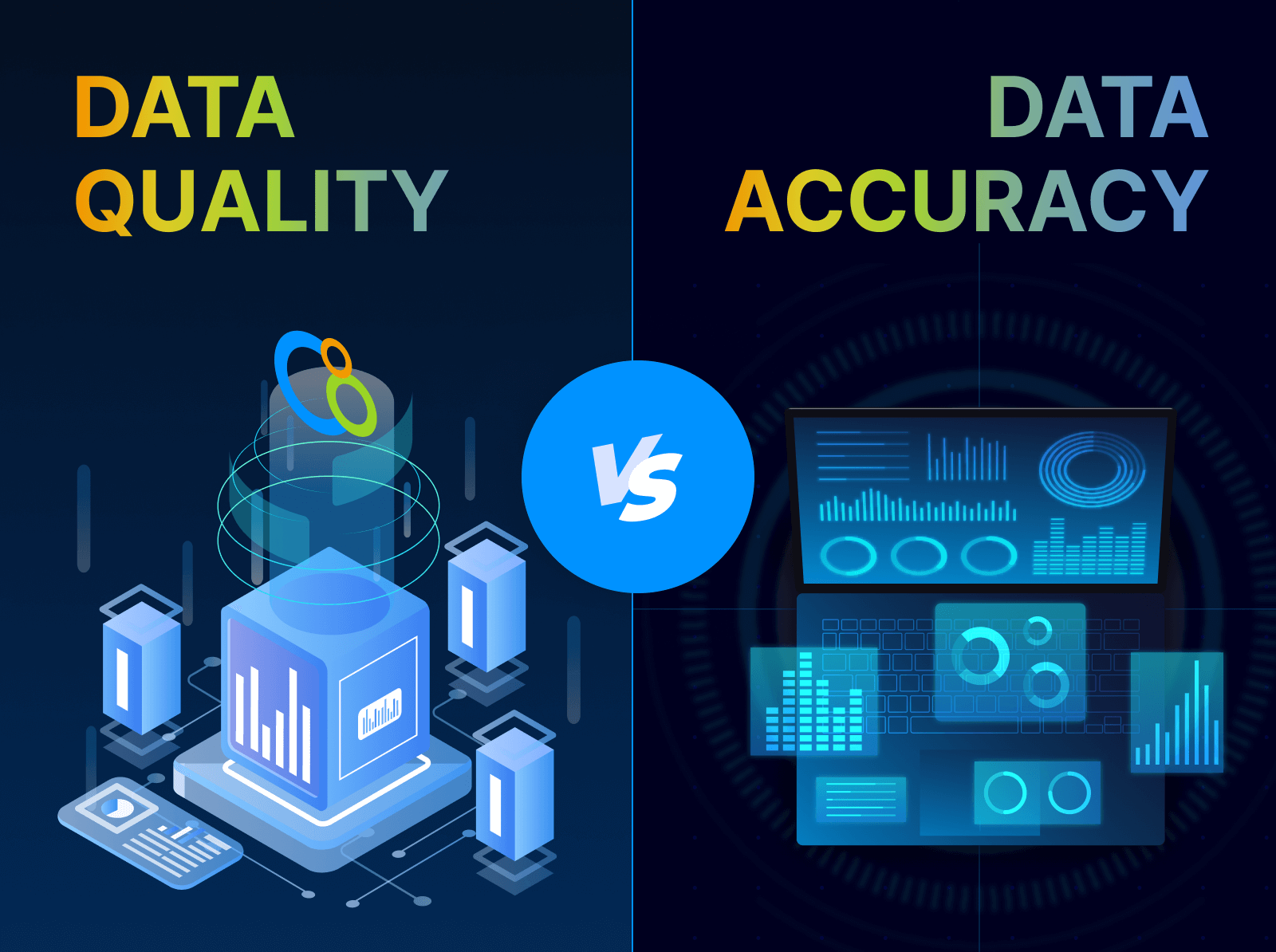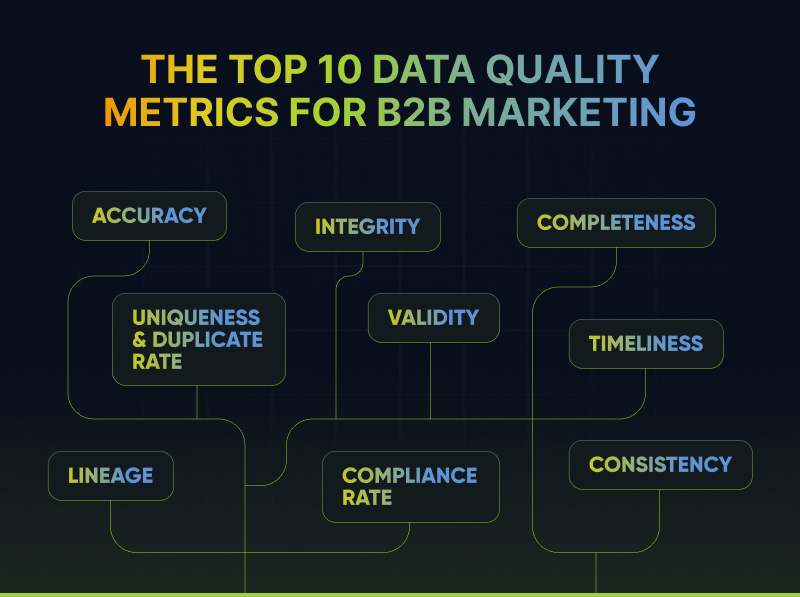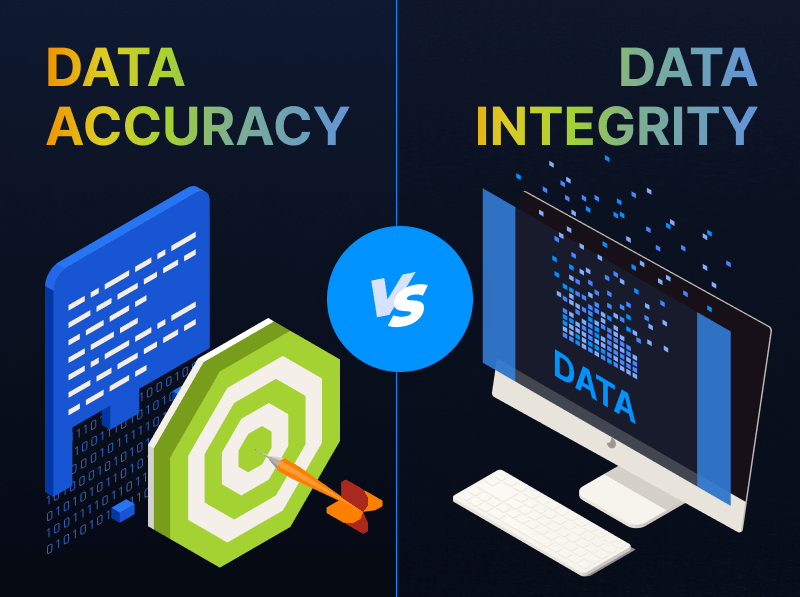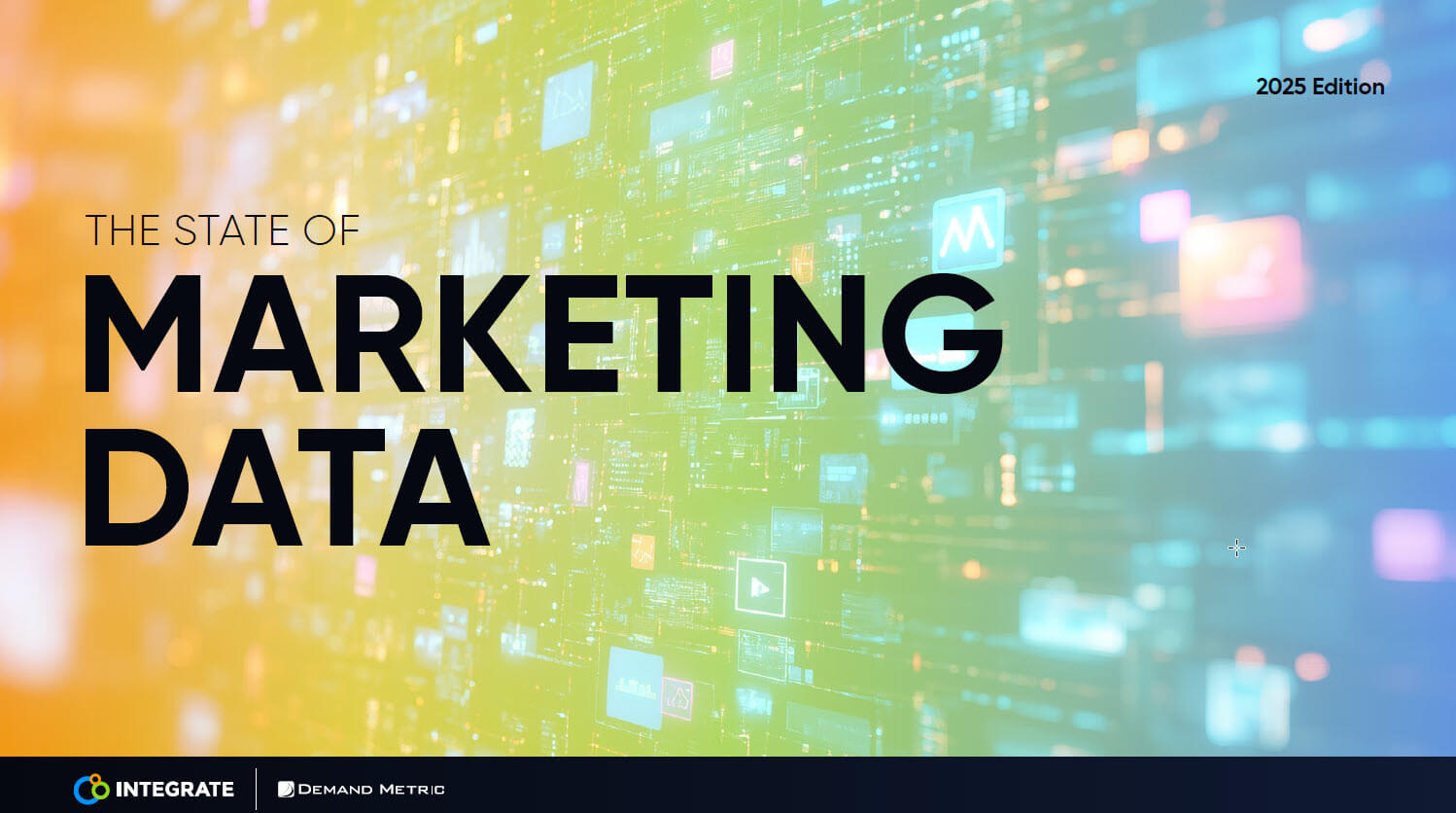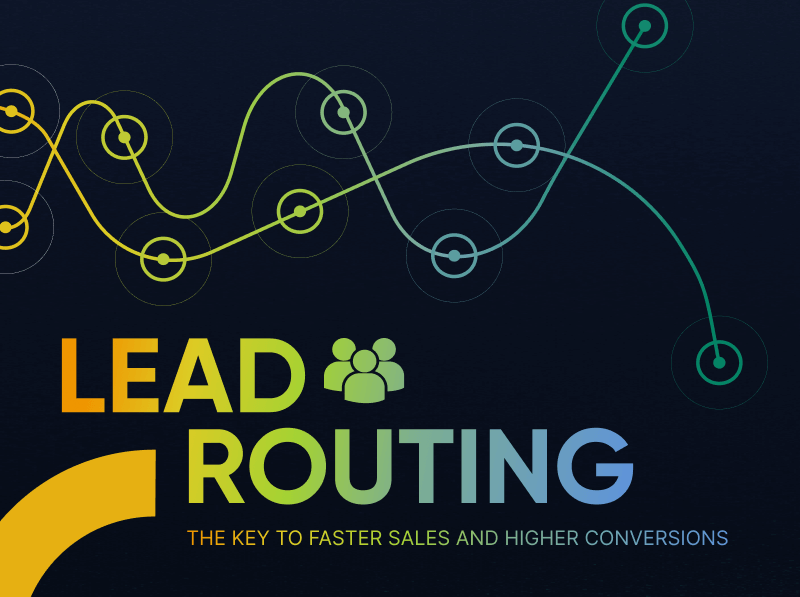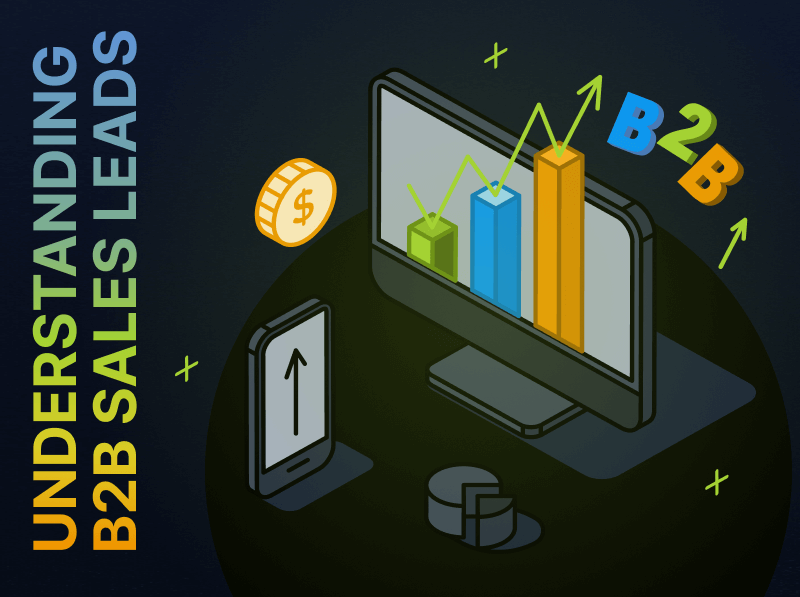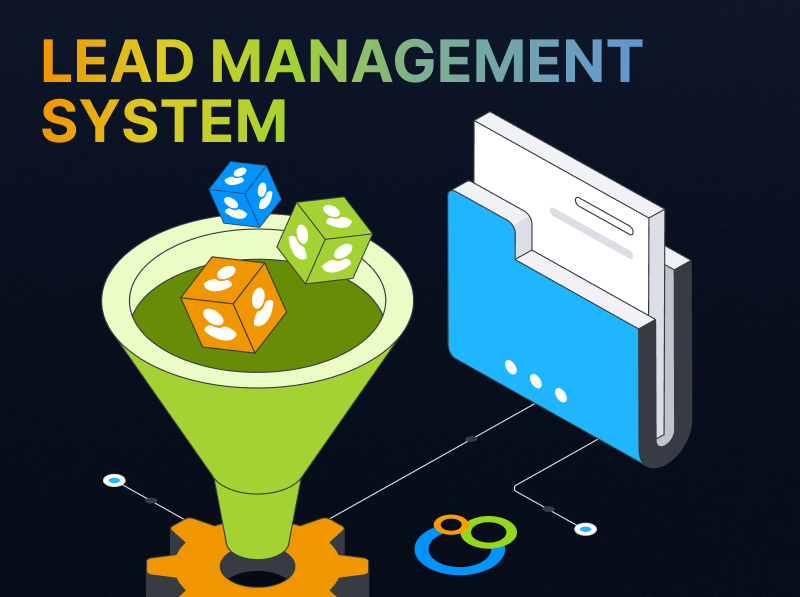New Research Report Reveals How Much Bad Leads Could Be Costing You
Every B2B marketer knows that bad leads waste budget, time and resources. We even know that they hurt our relationship with our sales counterparts. But during a discussion a few months back, it occurred to Integrate’s CMO and me that we really didn’t have a clear grasp over the extent to which bad leads are undermining our demand generation efforts, let alone how much they’re costing the business.
Next thing I knew, I was face down in dozens of surveys, analyst briefings, vendor reports and influencer articles published over the last 18 months, gathering as much secondary source info as possible. Then, I dove into the primary source material, analyzing over 3.6 million B2B leads processed through the Integrate platform between September 2016 and August 2016 – all to answer three questions:
- What are the most common types of bad leads?
- Can we estimate the costs of these bad leads?
- What can marketing teams do to improve lead quality and database integrity?
The “Cost of Bad Leads Report” is the result of these efforts. [You can get the report here]
Research Findings on B2B Marketing Lead Quality
The report’s findings point to B2B marketing challenges and consequences more significant that I had initially expected.
For example: Of the 3.64 million B2B leads examined for this report, 33% (1,217,769) contained duplicate data and 10% (376,942) contained invalid data (i.e., non-working email addresses, incorrect field values/ranges, etc.).
In fact, of all those leads we analyzed, more than 45% weren’t marketable without additional cleaning, deduping, data appending or standardization. This is likely why CEB’s survey “Delivering on Marketing’s Promise to Drive Sales,” found that demand generation program leads finished in 13th place on the list of leads sales reps are likely to pursue.
It also points to why an Informatica/Ascend2 survey, “Marketing Data Quality Trends Survey,” found that 62% of surveyed marketers said that “improving marketing data quality” was their top concern.
Obviously, all this bad lead data undermines efforts and even the sales-marketing relationship. But what’s more is how much bad leads sap marketing teams of their efficiency. An internal survey of 14 Integrate customers showed that the average time marketing teams spent processing leads for database upload (before implementing Integrate’s software) was more than 51.9 hours per month.
Insights From B2B Marketing Experts
All this quantitative research is well and good, but qualitative, third-party context is necessary. After speaking to a number of demand generation and marketing operations practitioners and influencers, we gained more insight into the what all the data meant.
Regarding poor lead quality’s effect on the relationship between sales and marketing, Ashley Shailer of Inverta said:
“Losing credibility is the biggest consequence of poor lead quality. Sales loses faith in marketing – and then they stop following up with the leads they get, undermining future marketing efforts. This reflects poorly in front of the executive team, which then results in underinvestment in the marketing function as a whole. It’s very difficult to dig out of this vicious cycle.”
On the extent to which marketing automation systems were corrupted by dirty data, Justin Gray of LeadMD stated:
“We commonly use the 50% rule – i.e., 50% of your data is old or useless and data degrades at 22% YOY without some sort of augmentation. You can directly apply those metrics to marketing automation ASP. $50k spent on Marketo or Oracle Eloqua could easily be up to 50% wasted due to dirty or bad data.”
Calculating The Costs of Bad Leads
We ran a number of possible scenarios to outline potential ways bad leads can cost B2B business. From a rather high level, time and budget are easily calculated. We created this diagram as by averaging efficiency costs (time) for lead processing and budget costs (money) for wasted leads and data appending.
However, this only scratches the surface of all the direct and indirect costs of bad leads. A more comprehensive calculation adds in costs for wasted marketing automation usage, waste labor and recruitment and training fees. Further, nuances pertaining to costs differences between paid and earned leads is necessary.
The report covers all these aspects, from defining bad leads to analyzes their consequences to providing a worksheet to help you calculate the costs for your organization. It then focuses on providing advice, gathered from a number of experts, on ways to mitigate or even eliminate bad leads from compromising your marketing database integrity.


